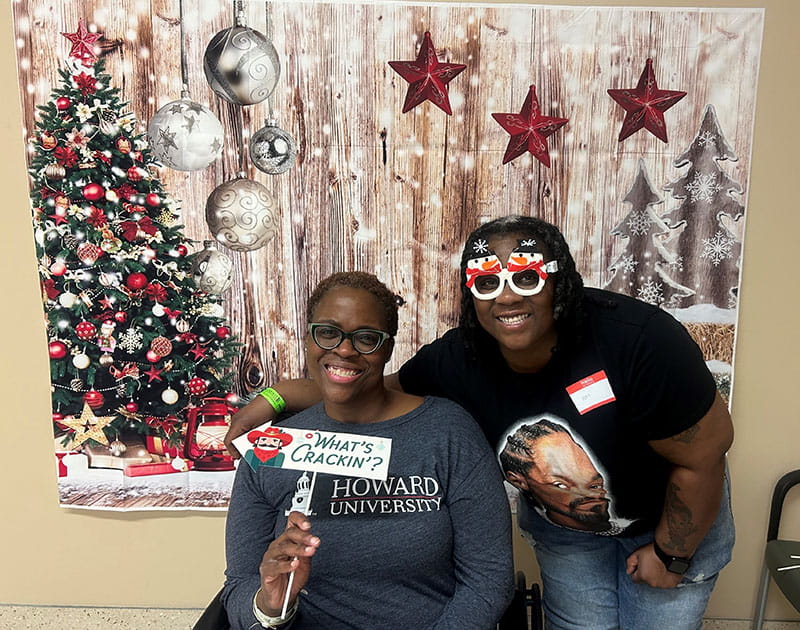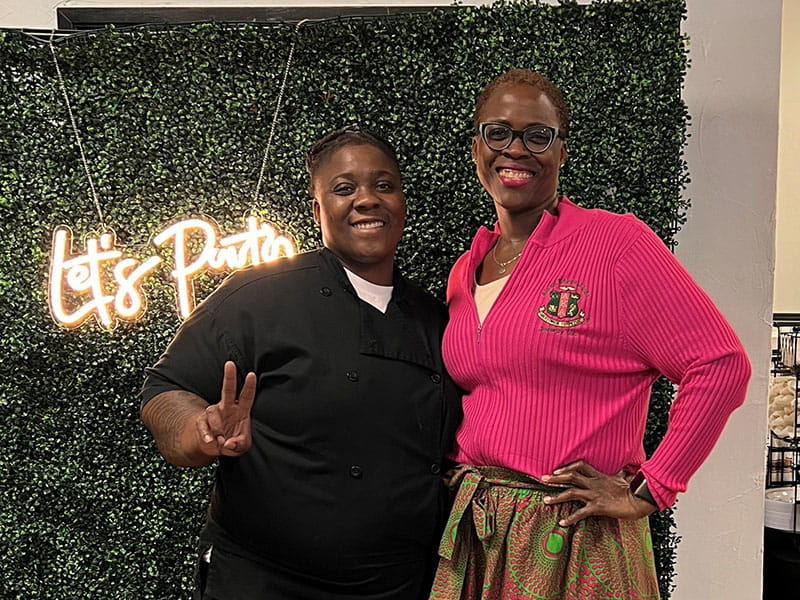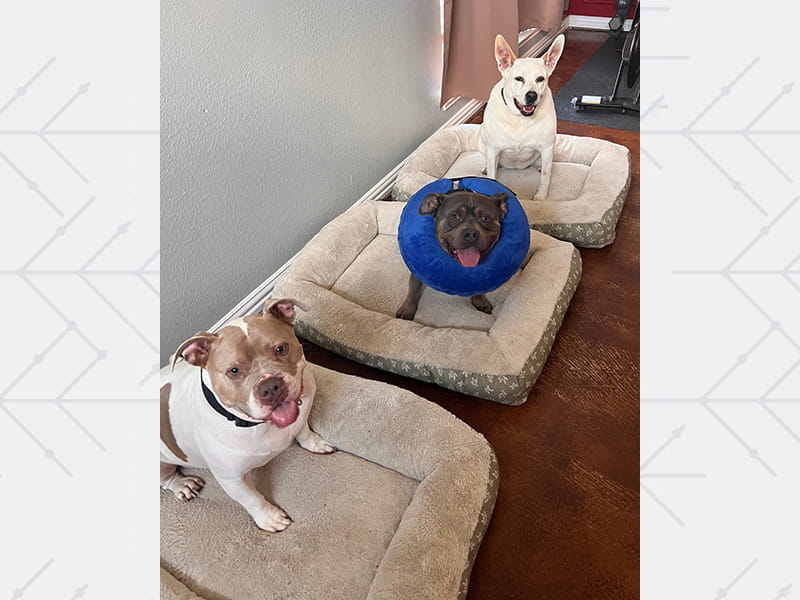Just days before Thanksgiving, she had a stroke on a train
By Leslie Barker, American Heart Association News

On a November morning a year ago, in between her 52nd birthday and Thanksgiving, Kim Spight decided to take a train to church.
Normally, she drove into Dallas from Irving, Texas. But her daughter, Sharnay, a caterer, was deep-frying a turkey for a customer and needed to borrow Kim’s bigger car to transport the fryer.
On the train ride from Irving, Texas, Kim was listening to music when she started feeling ill. The world became blurry.
Her mother had a stroke years earlier, so Kim wondered if she was having one, too. She knew that face drooping was a warning sign, so she pulled out a mirror to check. She looked fine. Difficulty speaking is another sign, and she could still talk. She could also text, which eased concerns about weakness on one side of her body.
When the train arrived at the next stop, Kim fell out of her seat onto the floor. She couldn’t move.
A police officer on the train called 911.
Kim called Sharnay, who rushed over and followed her mother’s ambulance to the hospital.
A CT scan showed massive bleeding in Kim’s brain – a hemorrhagic stroke, which happens when a blood vessel ruptures in or near the brain. The bleeding stopped on its own, without surgical intervention, and Kim – who had no feeling on her left side – was moved to intensive care.
After spending 32 days in ICU, acute care, progressive care and inpatient rehab, Kim was transferred to a neuro transitional center. It was the day after Christmas. When she arrived, Kim was unable to move her left arm or bend her left leg. She also had been diagnosed with osteoarthritis in her knee, which had been exacerbated when she fell on the train.

A month in, Kim wanted to go home. But she still needed help with basic daily activities– showering, going to the bathroom, walking without assistance.
She was finally discharged in mid-March. Sharnay had been living in Kim’s home, caring for her mom’s three dogs: Snoop, Nina and Zeus, who weigh from 55 to 80 pounds.
Between caring for the dogs and visiting her mom, Sharnay had to quit her second job because she didn’t have enough time. “She’s my only parent and I’m her only child, so I had to do what I had to do,” Sharnay said.
Now, Sharnay wanted to stay to make sure her mother was OK. Kim insisted she could manage things herself.
What Kim really wanted – after months of medical care and therapy – was to be by herself.

Only then did she reflect on all she’d been through.
“I just couldn’t stop crying,” Kim said. “This has proven to me I can do hard things. I didn’t know if I’d be able to walk again, to live my life again.”
Approaching the first anniversary of her stroke, Kim continues to get stronger.
Kim goes to physical therapy twice a week, but walking still hurts despite other treatments. But she does it anyway, with a goal of walking again soon with Snoop, Nina and Zeus.
Kim’s gone back to work part time at a technology company.
Not long ago, she started using the notes app on her phone to keep track of the things she accomplished the previous week that she couldn’t do before. She pushed a shopping cart all through a warehouse store. She mopped her floor. And she figured out how to transfer the contents of a 48-pound bag of dog food into a covered container.

“That was a really big week for me,” she said. (When Sharnay learned about her mom filling the container of dog food, she told Kim: “You did what?”)
Doctors are optimistic that Kim can regain 90% to 95% of her strength. She’s OK with that.
“I share my story with everyone I can because it reminds me that I can do this, and it shows the power of prayer,” she said. “If I had been driving when I had my stroke, I’d have been dead on the highway going to church.”
Stories From the Heart chronicles the inspiring journeys of heart disease and stroke survivors, caregivers and advocates. Stroke survivors can find guidance and resources for their own recovery on the American Stroke Association’s Life After Stroke page.





